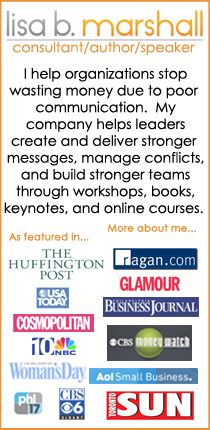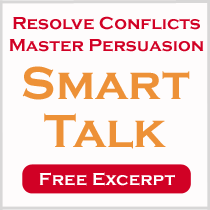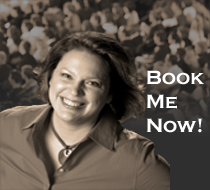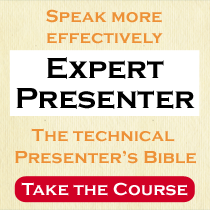How to make poster presentations
How to I make an EFFECTIVE poster?
No point in “re-inventing the wheel” when there are a number of great resources available that guide you through the process of developing an effective poster. I suggest you look at ALL of these links below if you have the time, because each includes slightly different nuances. However, having said that, if you are running short on time and only want to use one resource then start here.
http://www.swarthmore.edu/NatSci/cpurrin1/posteradvice.htm
This is BY FAR the best scientific poster presentation resource available on the internet. It is detailed and accurate in terms of visual design and is practical from the standpoint of sharing real life experiences regarding preparation and delivery of posters.
Colin Purrington (Department of Biology) from Swarthmore College (right here in Pennsylvania) wrote this poster advice. In general, I give him TWO HUGE THUMBS UP for his sensible, design savvy advice. And hey, he uses a little humor that always helps to make a somewhat boring topic a little bit more interesting.
Of course, for those that know me, you know that I feel an obligation to share with you the places that I have very minor disagreements or slight modifications. So here goes…First, Colin mentions that “if all text is kept to a minimum, a person could fully read your poster in under than 10 minutes”. Hmmm…I am thinking even less than that! Ten minutes is a very long time when it comes to presentation. We have very short attention spans and I would suggest aiming for the ability to fully read the poster in less than 7 minutes and, if possible, less than 5 minutes! By the way, you should consider yourself highly successful if your average visitor spends 2-3 minutes at your poster.
He makes a great suggestion about asking others to help you evaluate your poster. Of course, I think group evaluation is a great idea. (Funny, that’s what this workshop is all about, huh?) I always suggest getting feedback from “intelligent others”. Who are they? Anyone that is intelligent, analytical, kind enough to offer to help you! In fact, it is better to choose at least a few people who are totally unfamiliar with your work.
He suggests printing and leaving it publicly for review. Good idea, but in addition to printing, feel free to send the electronic file. You do want to ask them the things he suggests (word count, prose style, idea flow, figure clarity, font size, spelling, etc.) however, I think the most important questions to ask are the following. Oh and don’t forget to tell them to be honest.
1. What is the main message of this poster? Could figure this out easily? Why/why not?
2. What are my main sub-points? Could you find them easily? Why/why not?
3. Did you find it interesting and appealing? Why/why not? Be honest!
Mr. Purrington does a great job of explaining WHAT to include in each section of the poster. I do however have a small refinement to his advice. For the introduction section he recommends 200 words, I suggest 125 maximum. Also I believe the introduction should start with your research questions in the form of questions and then it should explain in one sentence why you did the study. I don’t think this section should be text heavy as he indicates.
One last point of disagreement; Mr. Purrington apparently doesn’t like the use of colon for a two part title. I on the other hand find them easy to understand and effective. Although, I do agree with him regarding using the colon twice in one title!
Kudos to Mr. Purrington for this excellent resource! This information is the main reason I chose not to create my own version of effective poster presentations, because he already has done great job at succinctly synthesizing many online resources and more importantly his guidelines adhere to what the current visual design research supports in terms of effective visual display of quantitative information.











Share Your Thoughts!